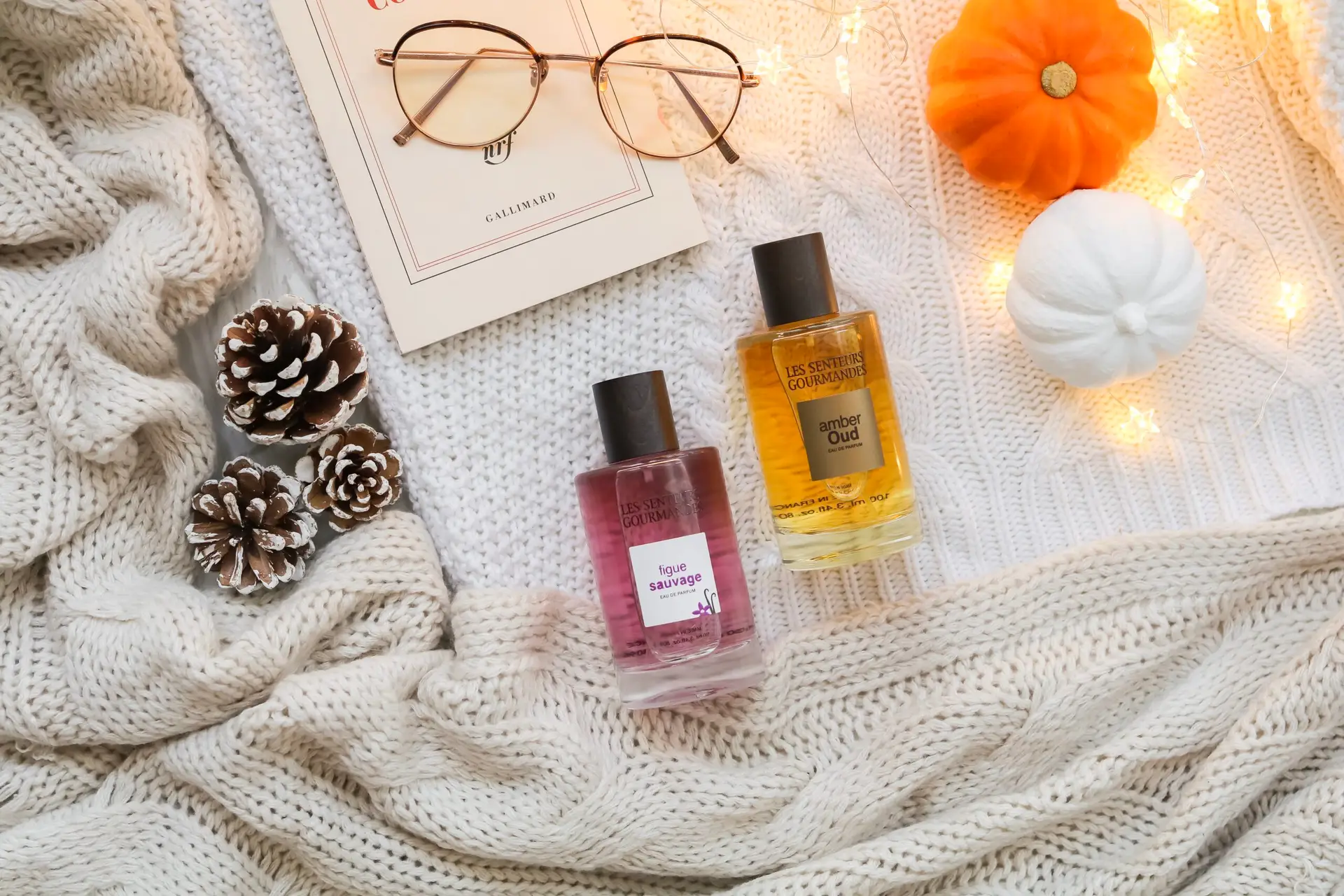Have you ever tried to describe a perfume? If so, you must have noticed the complexity of putting words to a smell. What comes to mind: fruity, flowery, warm, woody… descriptions often linked to memories. So Les Senteurs Gourmandes is sharing with you today a well-known method to help you better describe an element: the Chinese portrait.
What is this?
Inspired by the “riddle game”, the Chinese portrait was created by René Alleau to transpose an idea into another predefined context. Sentences of the type “if I were… I would be…” are the very principle of this tool. In the form of a questionnaire, it allows you to categorize an element to define it more precisely. You can use this technique for everything, even for your perfumes.
How should we proceed?
First of all, you must define with which elements you want to associate your perfume. An animal? A color? A country? You decide. Once this list is made and put flat on a support, smell the perfume of your choice and assign each element chosen.
For example, we did the exercise with our Café Tonka eau de parfum:
Gender –> Woman
Animal –> Cat
Color –> Brown
Country –> France
Shoe –> Fine sneaker
Location –> Parisian café terrace
Clothing –> Flowing dress
It is then enough to observe our answers and to analyze them. Here we can say that Café Tonka is a fresh scent for the terrace side and flowing dress with a dynamic side for the comfort of the sneakers and the mobility of the cat. We can thus imagine a personality that corresponds to this eau de parfum: a dynamic and flirtatious Parisian. However, keep in mind that smells are subjective, so if you smell Café Tonka, you probably won’t have the same portrait as us.

